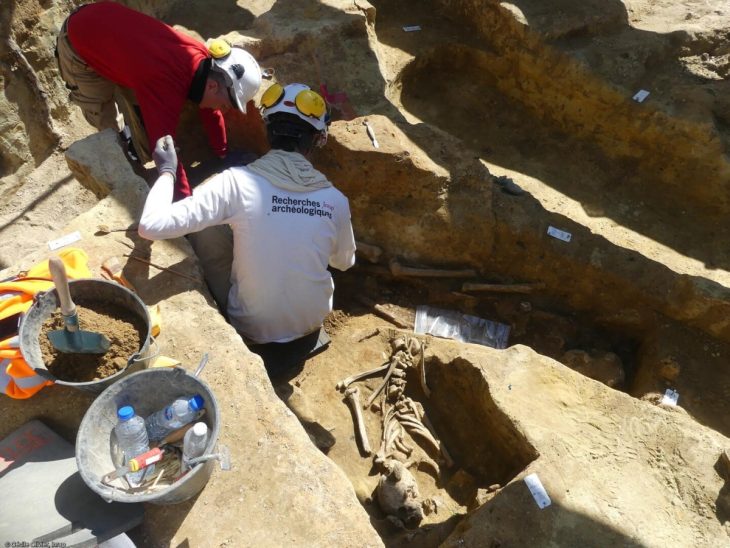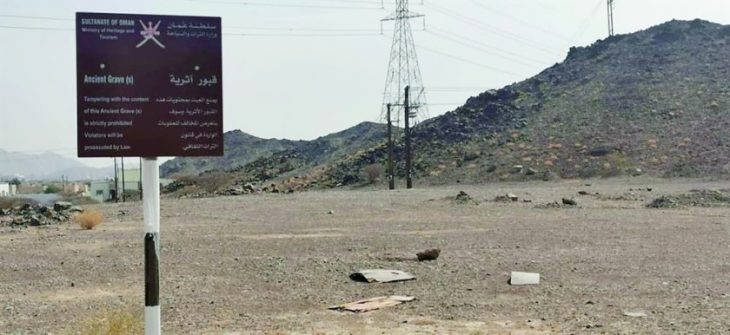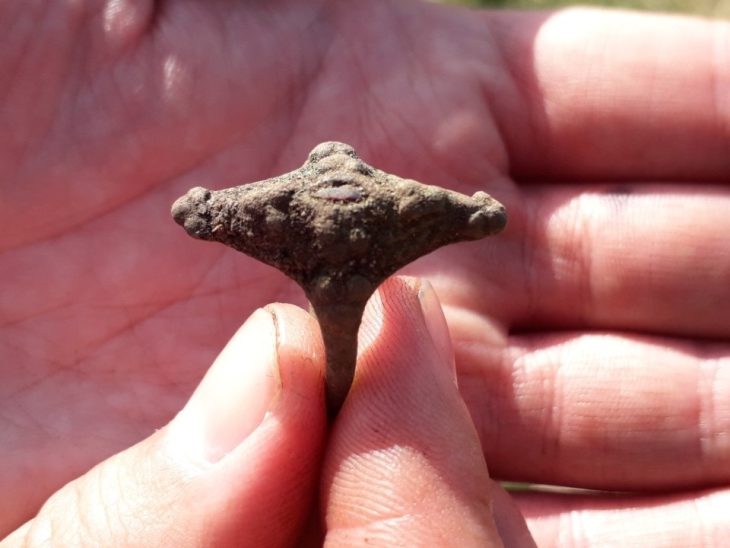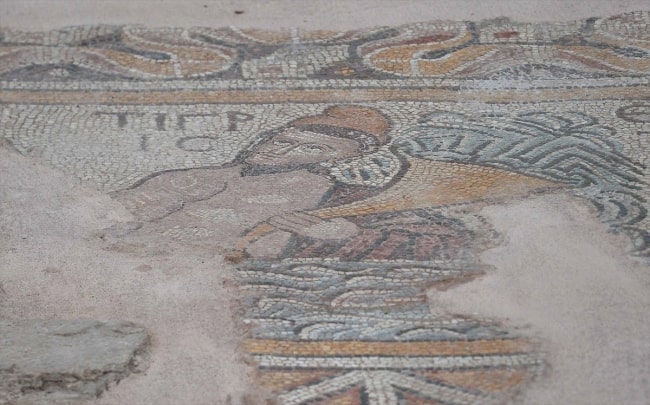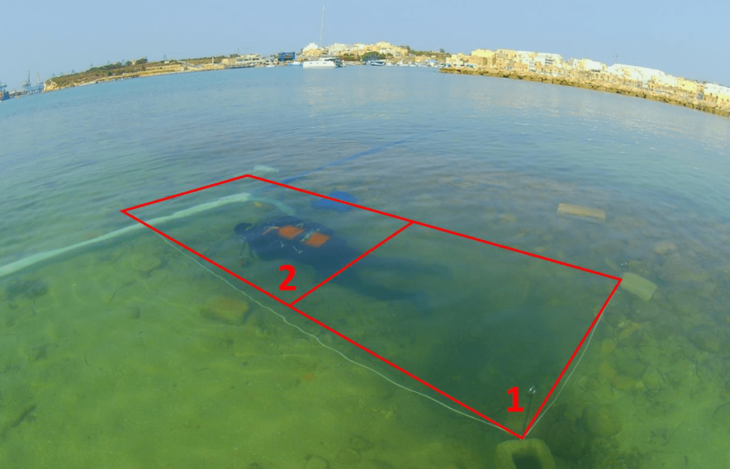An excavation of the Colosseum’s sewer systems has uncovered a selection of spectator snacks from the Roman Period.
It appears that watching gladiators fight to the death was hungry work, and the best snacks to accompany such a spectacle were olives, fruits, and nuts.
The dig also unearthed peach, fig, grape, blackberry, cherry seeds, and bones of bears and big cats that may have participated in fights or hunting games.
The Colosseum in Roma, Italy is one of the most iconic buildings from the Roman Period, a giant oval amphitheater that could hold an average audience of some 65,000 spectators.
On Thursday, Alfonsina Russo, the director of the Colosseum Archaeological Park, presented the findings of the study in the Curia Iulia.
Relics like these provide a snapshot into the “experience and habits of those who came to this place during the long days dedicated to the performances”, said Alfonsina Russo.
The study began in January 2021 and involved the clearance of around 70m (230ft) of drains and sewers under the Colosseum, which remains one of Italy’s most visited landmarks.
The study aims to learn more about how the ancient sewer and hydraulic systems operated under the Flavian Amphitheater with a particular focus on solving the mystery of how the underground was flooded during water spectacles.
In the excavation, artifacts were also found. There is a lot of loose change down there, just as you would discover under the sewer grates of the sports arena today. 53 bronze coins from the Late Imperial period and a rare orichalcum sestertius struck in 170–171 A.D. to mark the 10th anniversary of Marcus Aurelius’ accession to the throne were discovered by archaeologists. Bone game dice, a bone pin, and clothing components were among the found personal items (shoe nails, leather, studs).
Colosseum Construction began during the reign of Emperor Vespasian (AD 69-79) and was completed by his son and successor, Titus, in AD 80.
After the Roman Empire fell, the Colosseum was abandoned. During the late sixth century AD, a small chapel was built into the structure of the amphitheater and later converted into a cemetery.
The monument underwent a number of transformations over the following centuries, including becoming a shopping and residential complex, a fort to guard the entrances to the Lateran Palace and the papal residence, and a hideout for bandits after Rome’s population began to decline in the middle of the fourteenth century.
Cover photo: The end of the main eastern channel of the Colosseum’s sewage system. Photo: Parco Archeologico del Colosseo







